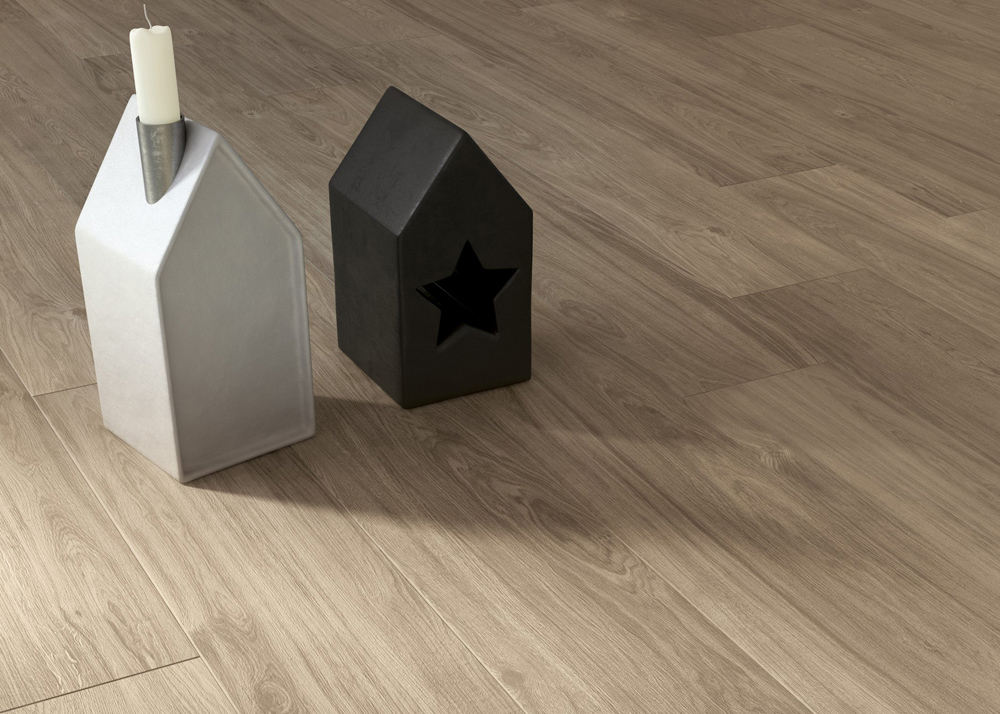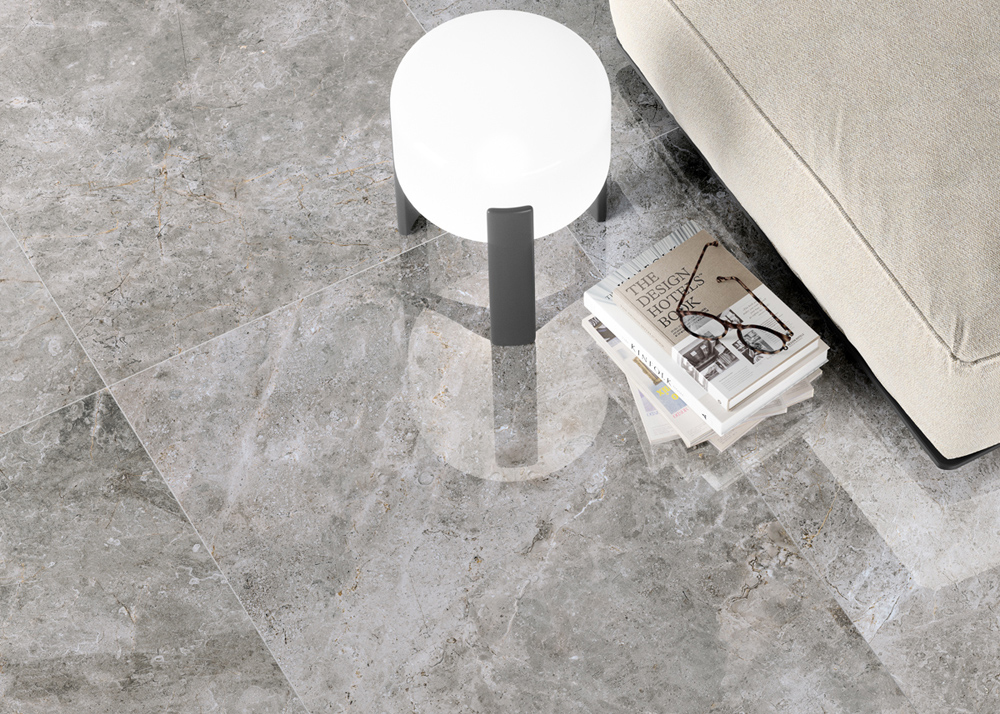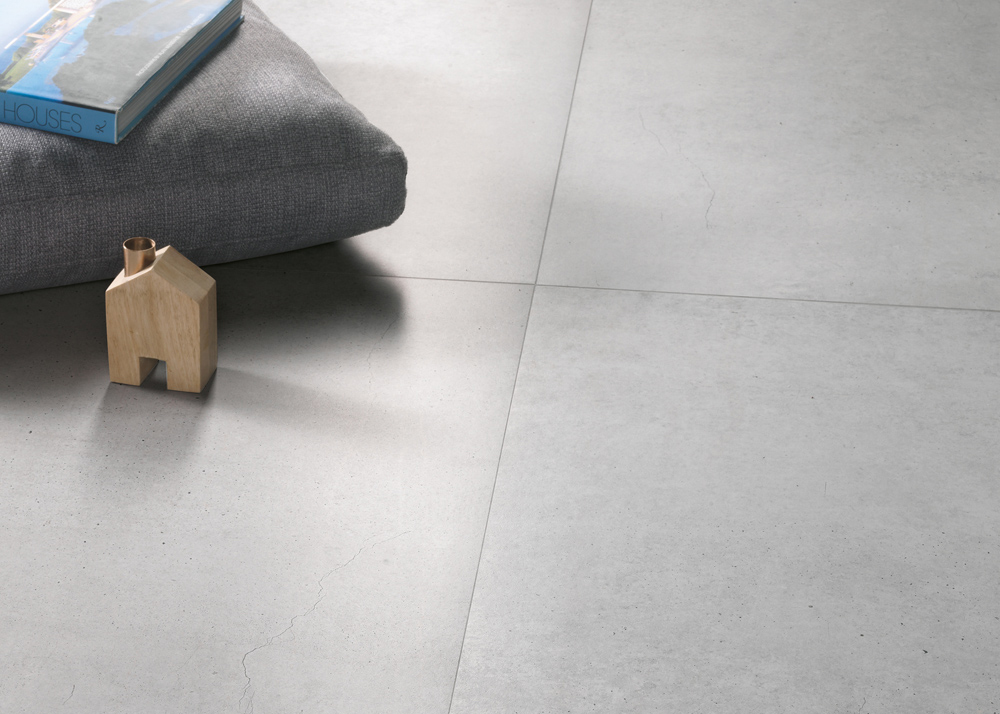Underfloor Heating Systems: the benefits
The main reason people opt for this solution is the saving on energy bills and a more even distribution of the heat around the house, the heat being perfectly irradiated in every room.
From an energy saving point of view, all sources of available energy can be used to heat the water in the underfloor pipes, from solar to thermal and gas and, unlike the traditional heating systems of wall-mounted radiators, underfloor heating only needs a water temperature of 30 degrees to bring the heating in the house at 19 degrees, compared to the traditional heating systems, where the boiler must reach a temperature of 60 or 70 degrees to heat the house via wall-mounted radiators, with an obvious saving in energy consumption.
On the other hand, underfloor heating systems require more time to heat the entire house and that also depends on the material used to clad floors and on the presence of carpets that obstruct the perfect radiation of heat.
Energy saving with underfloor heating systems
When looking at energy saving, the different resistivity of various floor coverings must also be taken into consideration, this value progressively increase passing from cement, to ceramic, parquet, carpet floors and linoleum, therefore increasing energy consumption and associated costs.
In the case of parquet floors, it must be remembered that wood is a natural material that, over time, can be affected by heat and dampness if not perfectly installed.
From the point of view of quality of the heating, the temperature in the house is more uniform, dust and pollen does not move from room to room easily, the floor dries more quickly even in winter, which means being able to walk bare foot or to comfortably allow children to play on the floor without feeling the cold.
It is very important to give a lot of thought to the materials used for floor coverings, as certain types of materials used when installing a floor, can release toxic emissions once they are heated.


